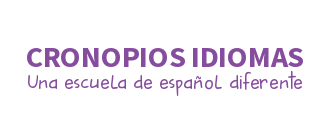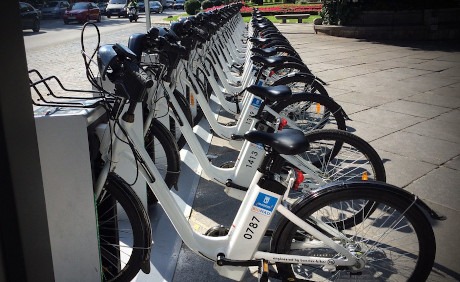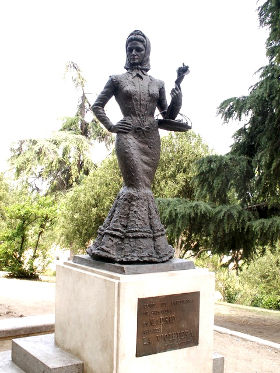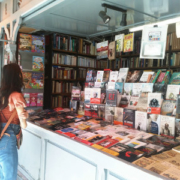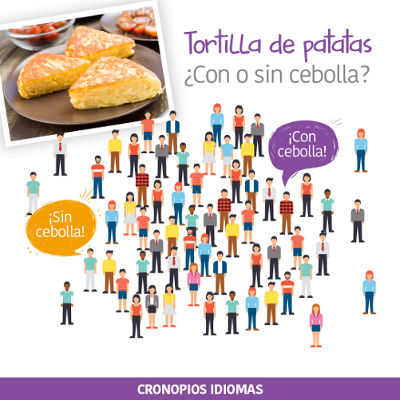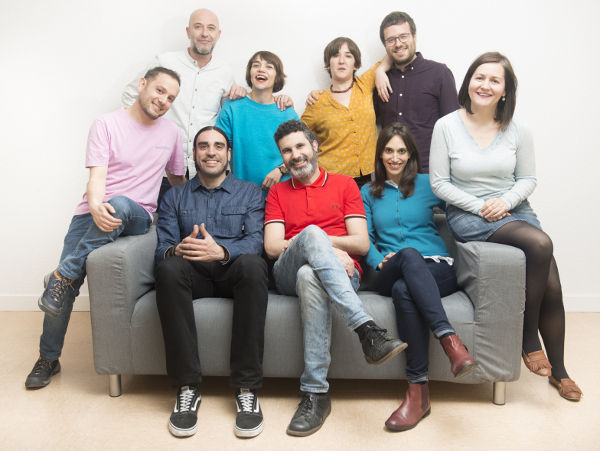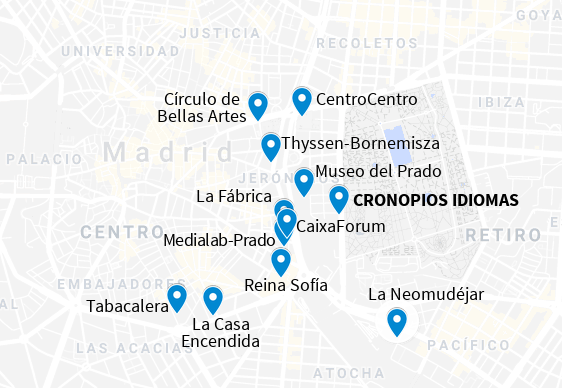5 day trips from Madrid
When you come to Madrid to learn Spanish in Cronopios, you will have plenty of time to do many other things. Today I want to talk about 5 day trips from Madrid, in Madrid, meaning you won´t even have to travel outside the region. Beautiful places that you can reach with public transport in around 45 minutes and are worth a visit. Just have in mind that there are much more options that you can explore once you are here.

Aranjuez
Home of one of the Royal Palaces of Spanish Monarchy, Aranjuez is a city in the southern end of the region of Madrid. The Royal Palace and Gardens were declared World Heritage Site by UNESCO more than twenty years ago. You may visit the whole site or just enjoy the Gardens, preferably on spring or during fall, take a stroll through the lovely parterre designed to please the royalty more than five hundred years ago. No one, except for the Royal Family members and their entourage, was allowed to enter the place until the 18th century.
There also museums, churches and the train station and of course good places to eat, like El Corral de la Abuela.
Arrival from Madrid: you can easy reach Aranjuez from Madrid, by train or bus. Trains to Aranjuez leave every 30 minutes from Atocha Station, right in the city center. And buses depart from Estación Sur. Ticket prices are around 5€ in both transports.
If you are looking for another kind of experience, take a look at el Tren de la Fresa, the Strawberry Train. This historical train takes you through the first railway built in Madrid, back in 1851, and is an immersive touristic and cultural experience.
San Lorenzo del Escorial
Located at the mountain side in the northwest of Madrid region, this small town grew beside the famous Royal Monastery of El Escorial, built at the end of 16th century. The Monastery is not only that but also a Library, a School, a Museum and a Royal Palace. Declared World Heritage in 1984. The full visit may take 5 hours, so you can spend the day there! My advice: if you visit the place in fall or winter, wear a thick coat. Inside is colder than outside.
The rest of the town is lovely, there are many hotels and hotels. There´s a coffee bar, the Cafetín Croche, famous for its classic decorative style. If you fancy something different, try to book a dinner at Montia, a small and gorgeous place that has a Michelin star but is affordable and simply fantastic.
You can get there by bus from Moncloa station, its almost an hour trip but very cheap (not even 5€). The train from Atocha takes a little bit more than an hour.
Chinchón
If you are tired of Royal sites, Chinchón’s Plaza Mayor is an example of popular architecture. The first houses with arcades and balconies were built in the 15th century, and it was completely closed in the 17th century. Chinchón is a small town in the southeast of the region, and also the name of a popular liquor in Spain and a card game that most Spanish families have played at some point, so enjoy the sound of this very Spanish word and its meanings.
US film director Wes Anderson, shot his last film in Chinchón. There are the remains of a Castle and a nice walk. Famous for its garlics, take some with you and practice Spanish cuisine at home!
If you like it so much as to spend the night, there´s a Parador there. This kind of establishments, both hotels and restaurants, are in historical and cultural cities and towns throughout Spain.
Alcalá de Henares
The third biggest city of Madrid region, after Madrid and Móstoles, is also a place that´s been inhabited for almost two thousand years. Located at the east of the region, its renown comes from being the place where Miguel de Cervantes was born and the headquarters of Alcalá University, founded in 1499. The city was declared World Heritage by the UNESCO in 1998, it´s full of museums, buildings and monuments if you are interested in a cultural and historical visit. One of them is Miguel de Cervantes Birthplace Museum.
Stay for lunch in the Pollo de Alcalá, a place famous for the locals where you can enjoy a delicious and rather cheap roast chicken.
During the first days of October you may find the Cervantino market, which is a medieval market but also a local festivity that remembers Cervantes time, with parades, activities and much more.
You can get there by train from Atocha or by bus from Avenida de América.
Manzanares El Real
My last proposal is a small town in the northwest of the region. Not a World Heritage Site though it has its own castle, built in the 15th century and in a quite a good condition nowadays.
Manzanares El Real is in the side of the mountain, in Guadarrama Mountains, and the place you should start your route if you want to explore La Pedriza, a very famous part of the mountain for climbers and hikers.
Get there by bus from Plaza de Castilla.
Hope you enjoy this 5 day trips from Madrid city, I´ve chosen 5 places inside Madrid region but next time I can introduce you 5 more places outside the region worth the day visit. There´s no beach in Madrid, as they say, but there are plenty of places to go.
